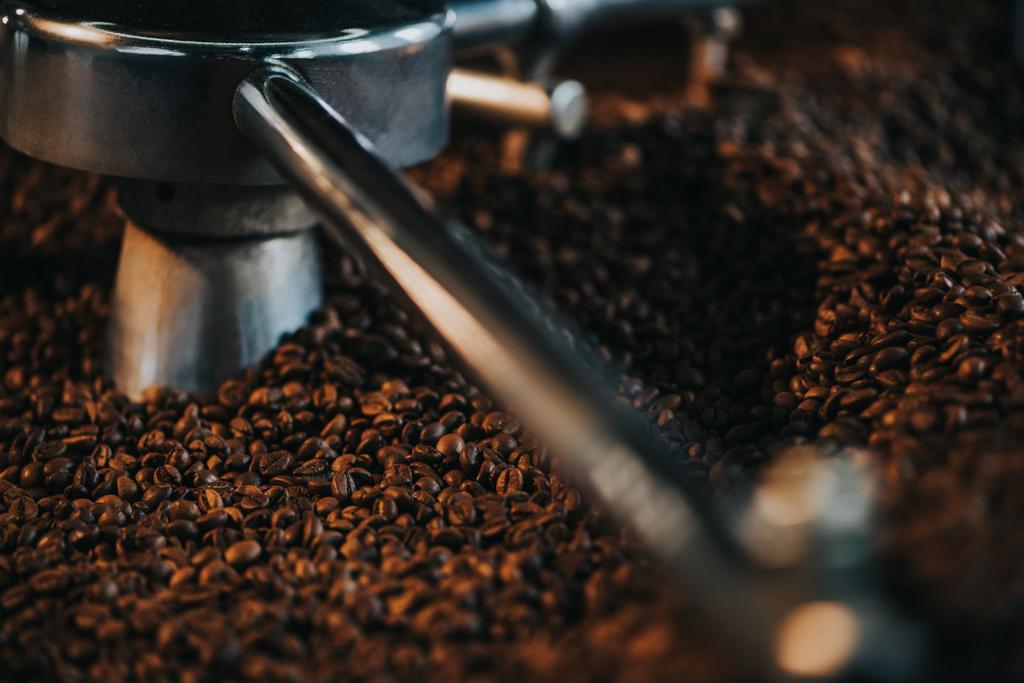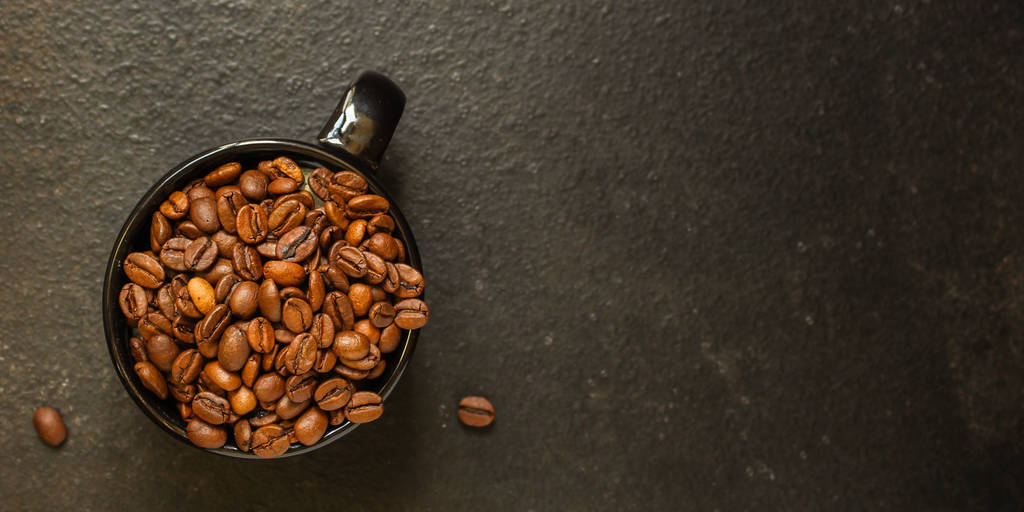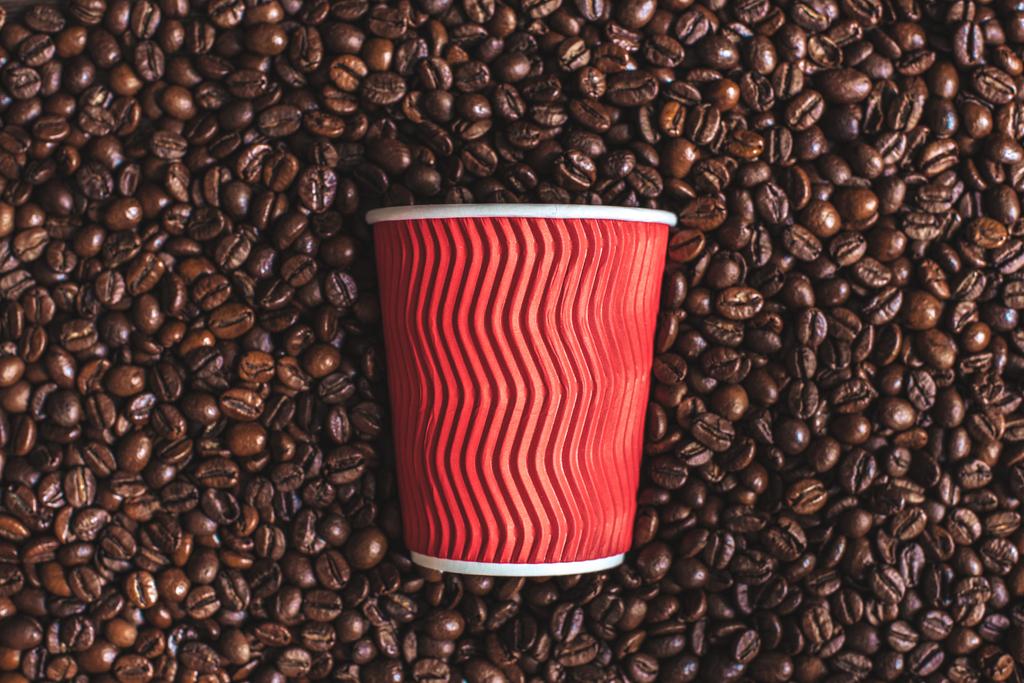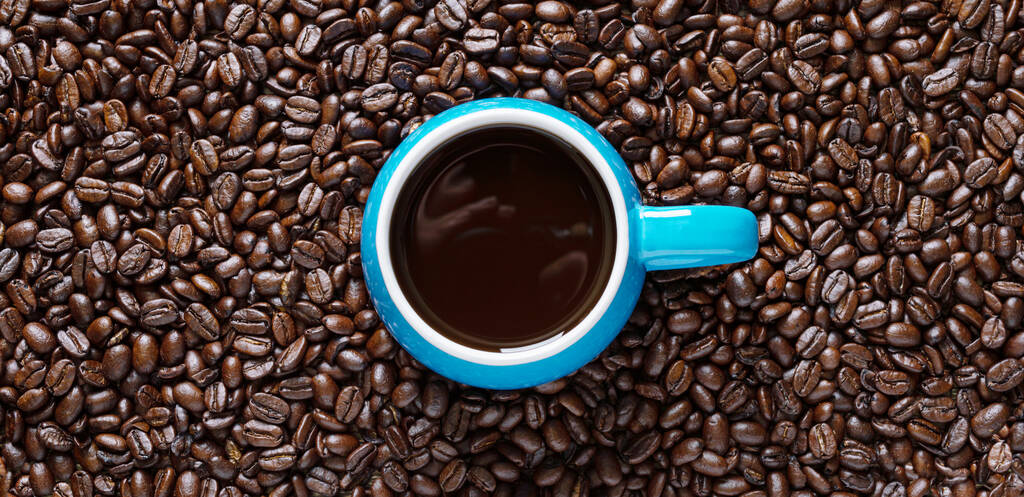The coffee capsules business is still on the rise, because the trend is clearly towards portion coffee. Not without reason, because coffee can simply not be prepared more comfortably and faster. In addition to general taste discussions, which are rather subjective, there is a very objective problem report. Coffee capsules made of aluminum or plastic from Nespresso, Tchibo and Co. are relatively large environmental polluters on a closer look. That is why we often and often devote ourselves to the search for ecologically correct coffee capsules. The best example so far: the Swiss company Beanarella, which has developed a 100% compostable capsule. Unfortunately, it is the case that “contaminated” aluminum or plastic cannot be recycled or only with drawbacks. It also depends on the consumer to what extent this contributes to waste separation, and that is not as rigorously regulated in all countries as in Germany. The recycling must therefore take place elsewhere: ideally when preparing for coffee. Some (alternative) manufacturers have refillable capsules in their range. But how good or bad is this solution? And which manufacturers are there anyway?
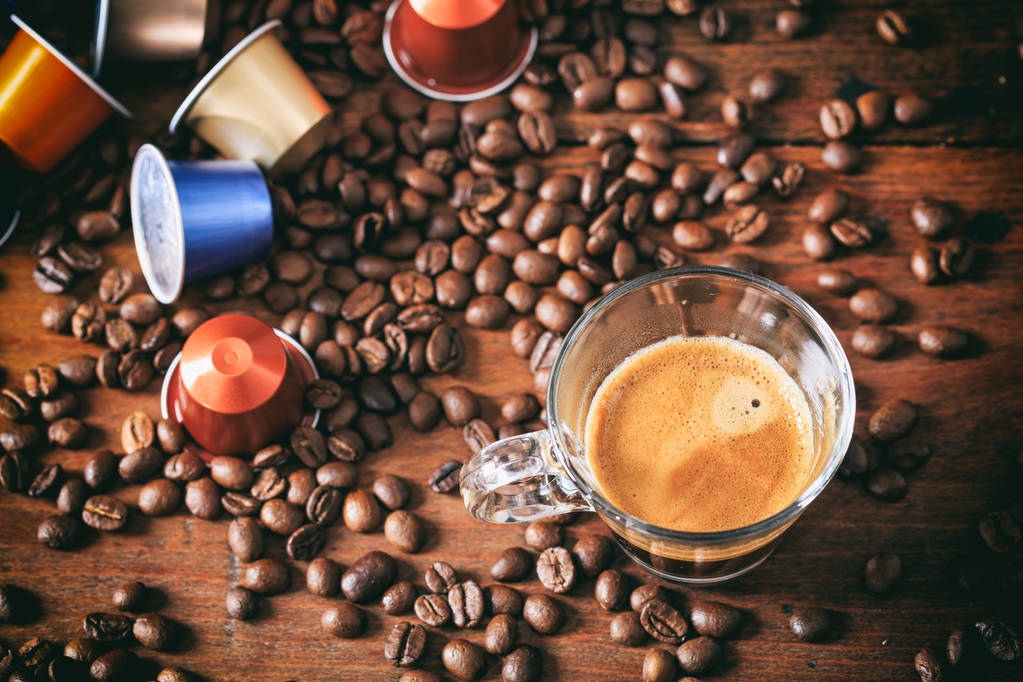
Advantages of refillable capsules
environmental Protection
As already mentioned, ready -made capsules are an unrealistic environmental impact. Every year we Germans consume the content of around two billion capsules. The bottom line is that a garbage mountain of around 4,000 tons produces. Make noticed every year. And that’s just the end of the flagpole. Manufacture also represents enormous resource consumption. Aluminum production, for example, is particularly energy -consuming. Around 14 kW of electricity is required to produce 1 kg of aluminum. With refillable solutions, these huge amounts would be significantly reduced.
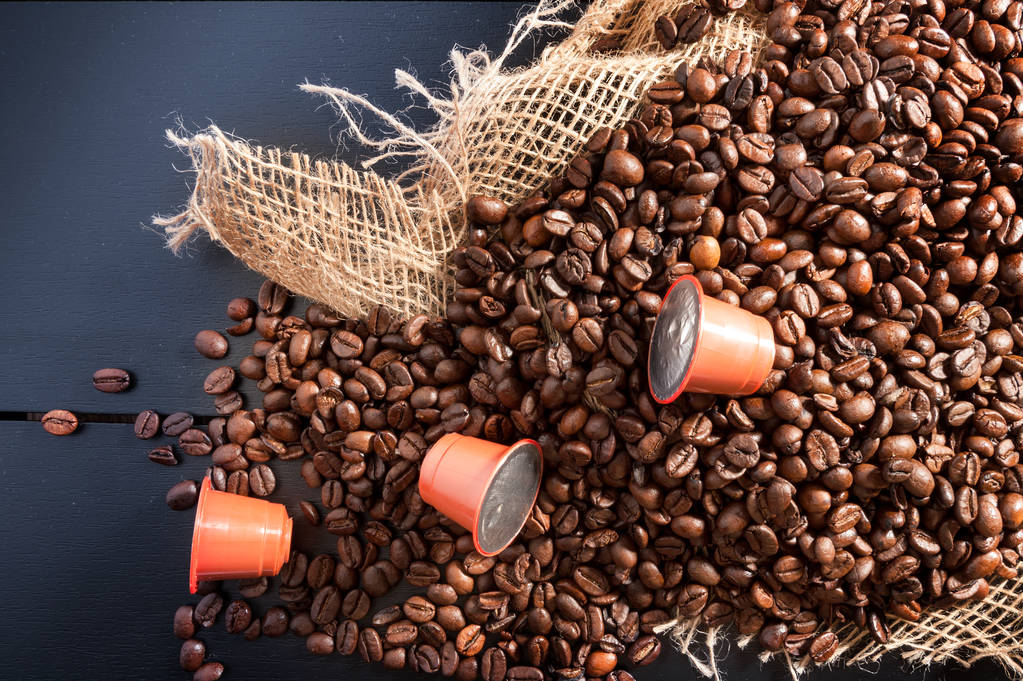
Desired espresso
Anyone who classifies the matter of pollution as not so tragic, you should be listening at the latest at the latest. Because: With refillable coffee capsules, it is not only possible to fill up your favorite coffee, but also to dose the amount individually! With entire beans, you should pay attention to the optimal grinding degree, otherwise commercially available espresso powder is also suitable. “Portion coffee goes Barista” if you will. The preparation takes a little longer, of course, but you really can’t speak of a loss of comfort. The advantage predominates very clearly: determine the coffee you want to drink and, above all, how strong it should be. As is well known, you cannot vary in terms of finished capsules, except to choose from the specified grades.



